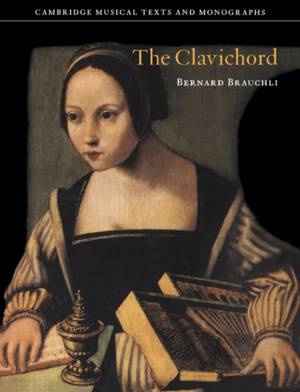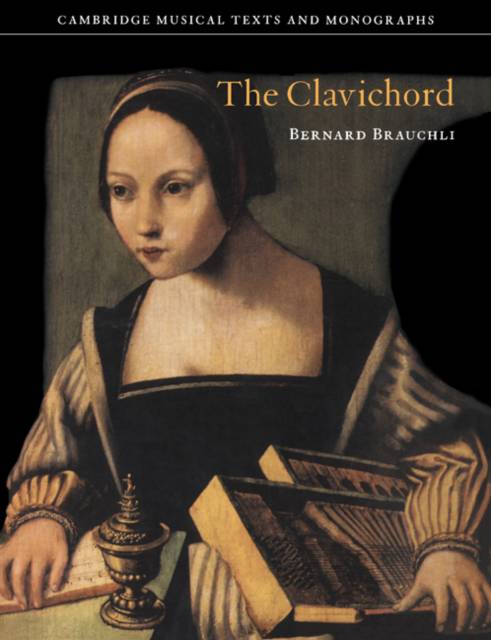
- Afhalen na 1 uur in een winkel met voorraad
- Gratis thuislevering in België vanaf € 30
- Ruim aanbod met 7 miljoen producten
- Afhalen na 1 uur in een winkel met voorraad
- Gratis thuislevering in België vanaf € 30
- Ruim aanbod met 7 miljoen producten
Zoeken
€ 50,45
+ 100 punten
Omschrijving
The clavichord, forerunner of the piano, was one of the most important instruments in Western keyboard history until the first decades of the nineteenth century. Bernard Brauchli's comprehensive history fills a major gap in the literature on this instrument. Beginning with the earliest-known references, he traces the clavichord's evolution up to the mid-nineteenth century, ending with a study of performance technique. The clavichord's structural developments (traced largely through an analysis of extant instruments), literary documentation (much of it presented here for the first time in English), treatises and iconographical sources are presented in chronological order. What emerges from this study of the various sources is an overview of the essential role this instrument played both socially and musically for more than four centuries, restoring the clavichord to the position it justly deserves in history. Awarded the Nicholas Bessaraboff Prize for 2001, honoring the best book-length organological study in the English language published in 1998/99.
Specificaties
Betrokkenen
- Auteur(s):
- Uitgeverij:
Inhoud
- Aantal bladzijden:
- 408
- Taal:
- Engels
- Reeks:
Eigenschappen
- Productcode (EAN):
- 9780521619899
- Verschijningsdatum:
- 7/03/2005
- Uitvoering:
- Paperback
- Formaat:
- Trade paperback (VS)
- Afmetingen:
- 189 mm x 246 mm
- Gewicht:
- 725 g

Alleen bij Standaard Boekhandel
+ 100 punten op je klantenkaart van Standaard Boekhandel
Beoordelingen
We publiceren alleen reviews die voldoen aan de voorwaarden voor reviews. Bekijk onze voorwaarden voor reviews.











